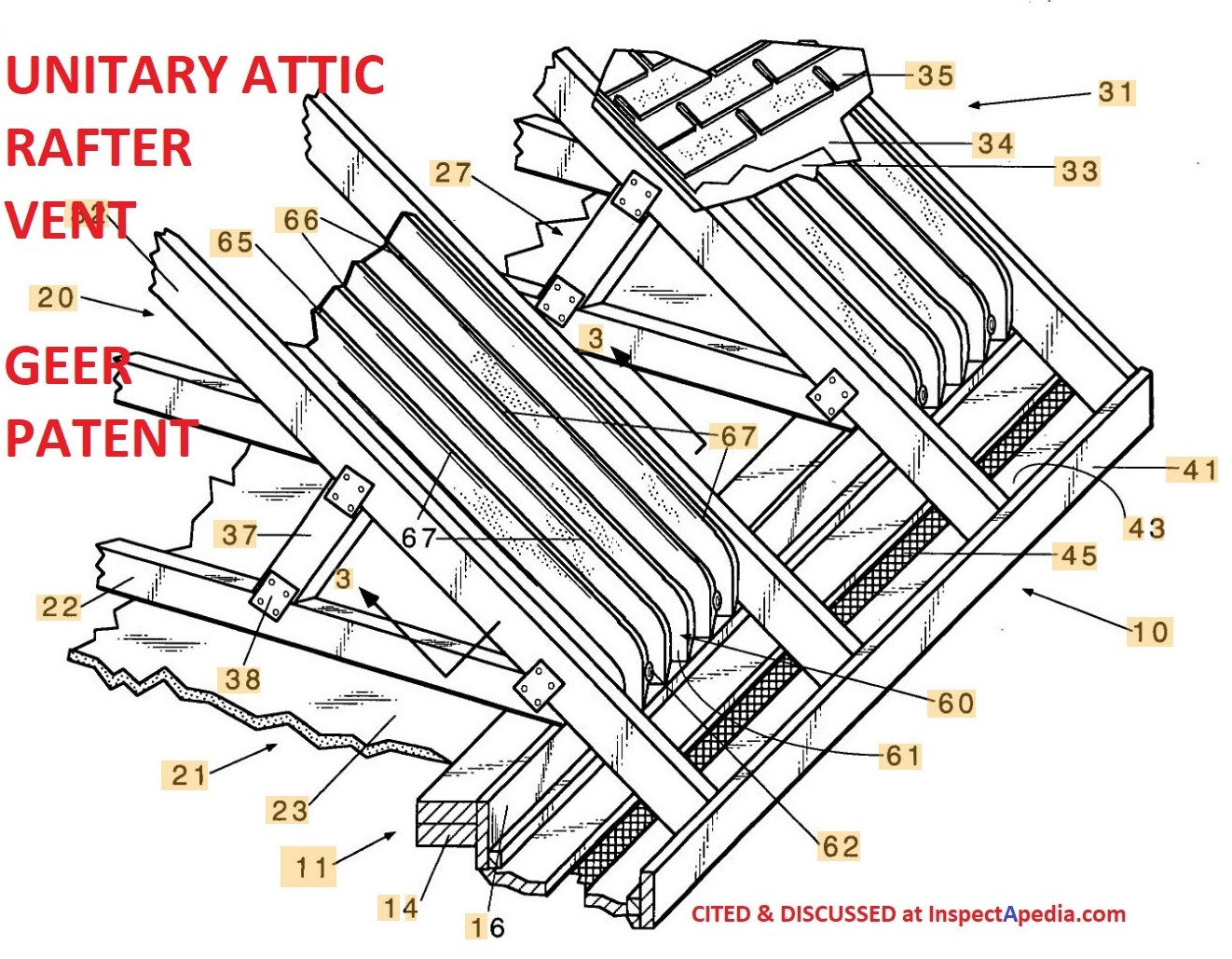The ridge vents are designed to cover the gap at the top of the roof much like the hat you wear in the rain it is designed to keep rain and snow out under normal conditions.
Wind blowing snow into roof vents.
Unfortunately if things aren t quite right with the vent and the weather conditions are right you can end up with attic snow.
Minimizing water intrusion through roof vents in high wind regions 4 of 8 r 7 oofing 12 10.
Roofers often complain that roof vents battered by storms can fail allowing blowing snow and rain to penetrate the attic.
In a windy location such as wisconsin near lake michigan the fine snow that rests on the roof can get whipped up and blow about like a mini blizzard.
After pretty much every storm like this i tend to find piles of snow in clients attics right around the gable end vents on the windward side of the attic naturally.
Securing vents loose vent covers can allow rain to blow into the attic.
So if you were to replace that with a filter vent i think that that would solve the problem.
In one particular case it seemed to be a pretty big factor in the amount of moisture in the attic as there was serious frost covering most of the roof deck.
Because it s nice that you have a big wide open vent that s letting all that warm moist air out in the summer and the damp air in the winter but it s going to blow let some snow get in.
This snow can blow into the vents and settle i solved this issue very easily and quickly.
Any flow of wind and water blowing up the sur in high wind regions.
Another fine snow strong wind event here in eastern canada today.
As you can see in the pictures the vent is constructed correctly with screen and mesh but this fine snow.
On an existing house any.
Into the house and all of the appropriate details are handled properly.








